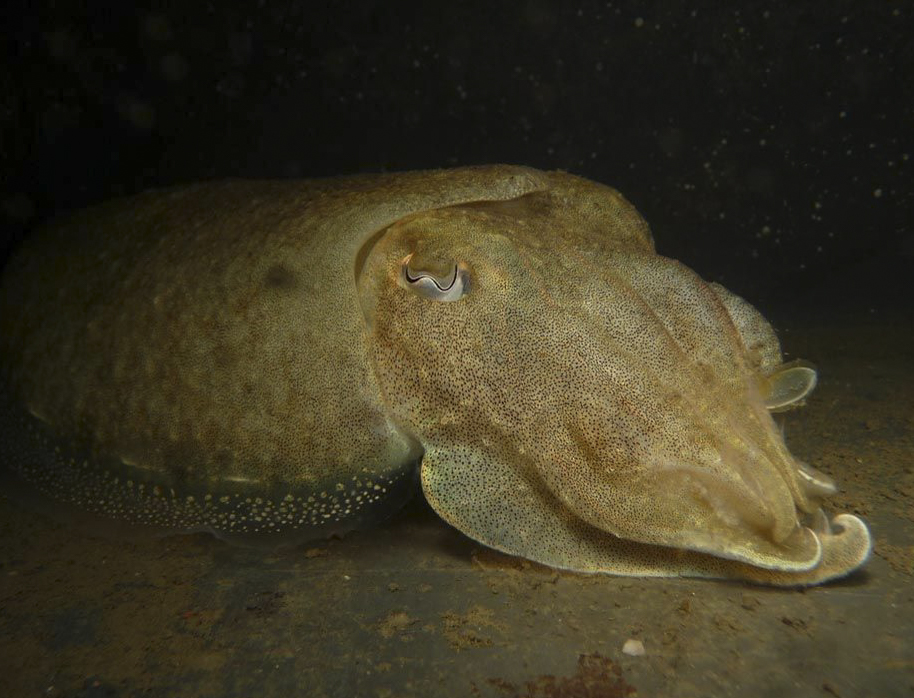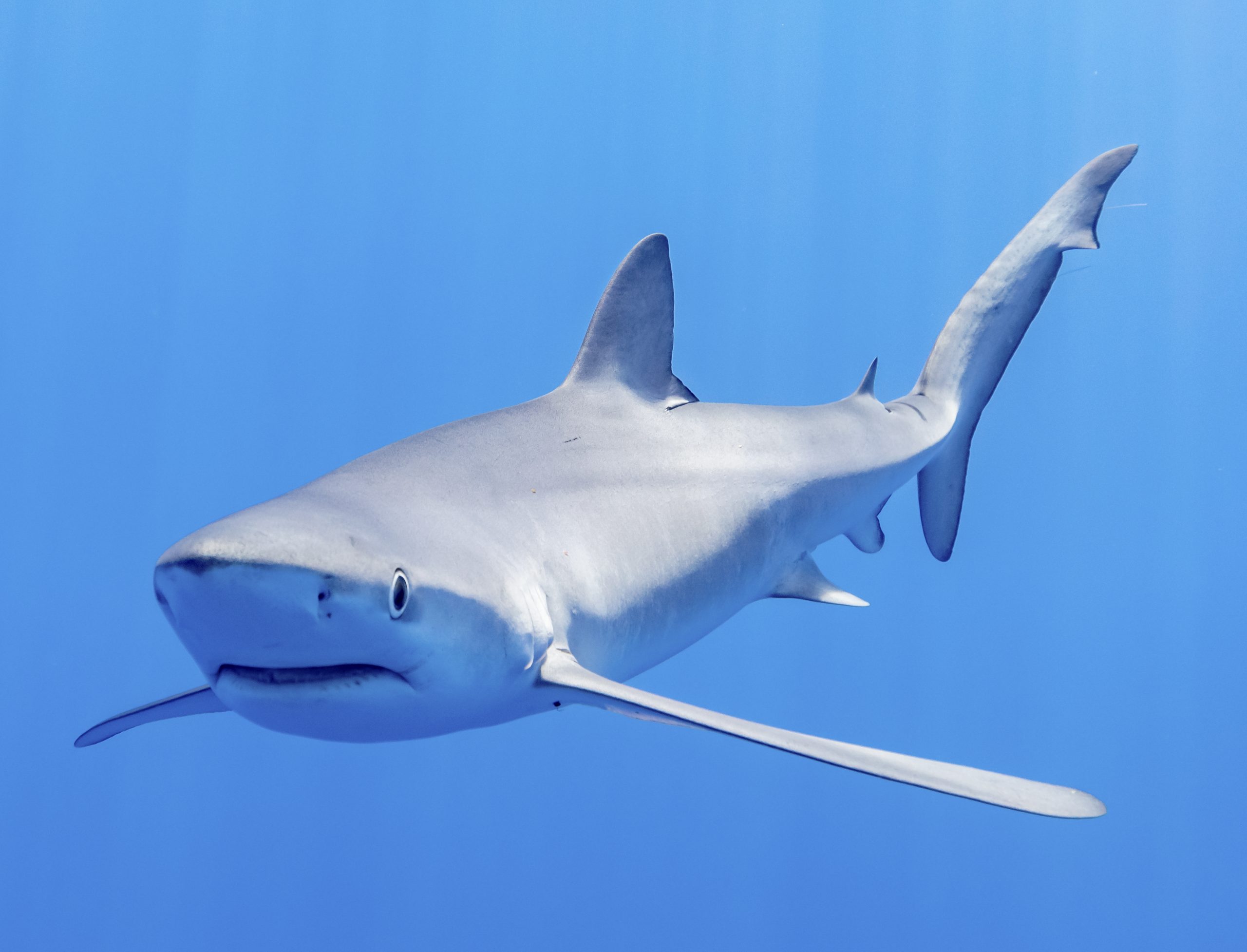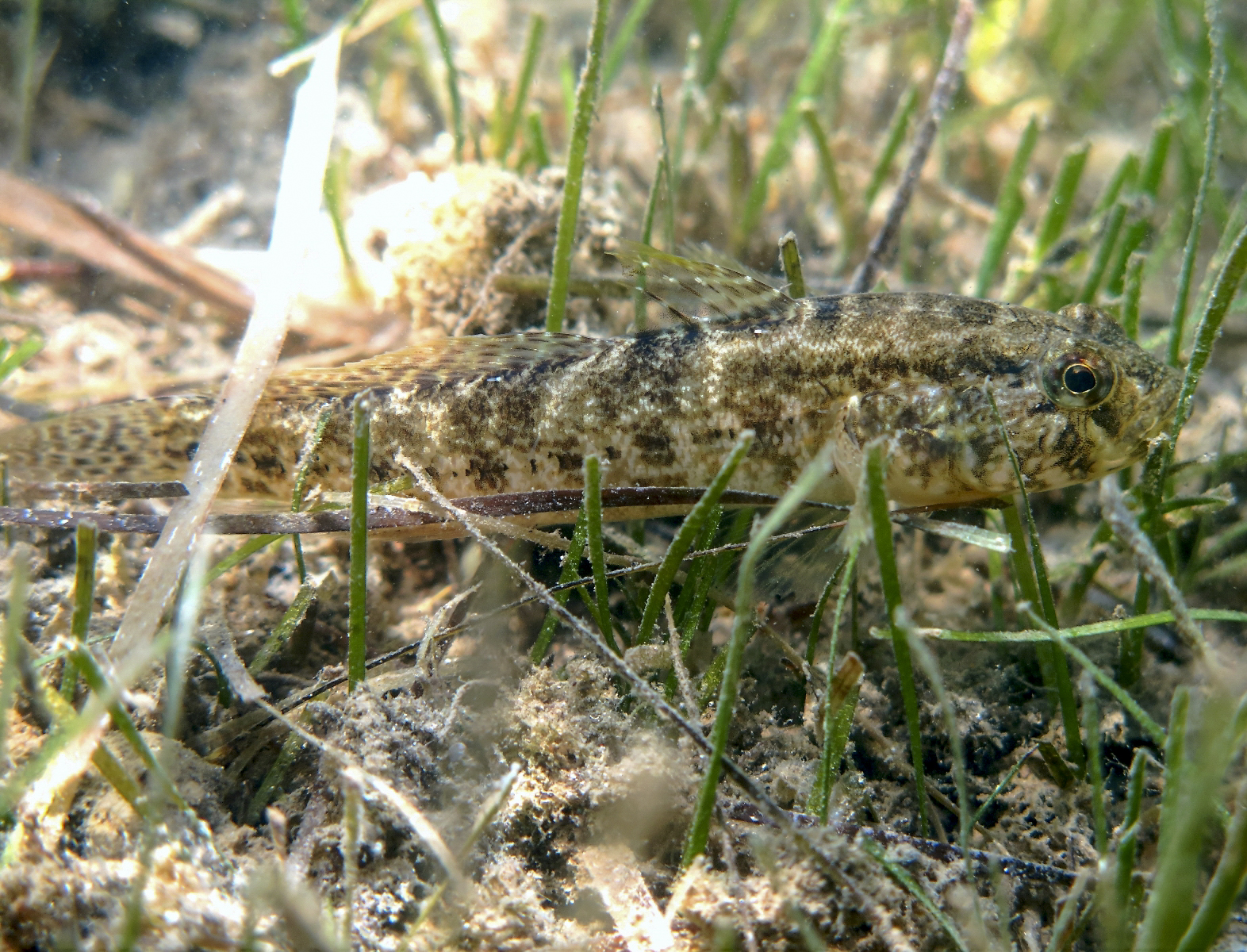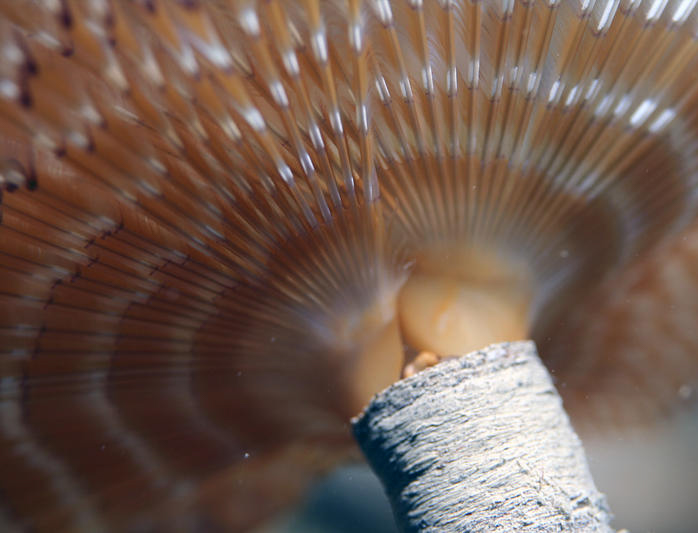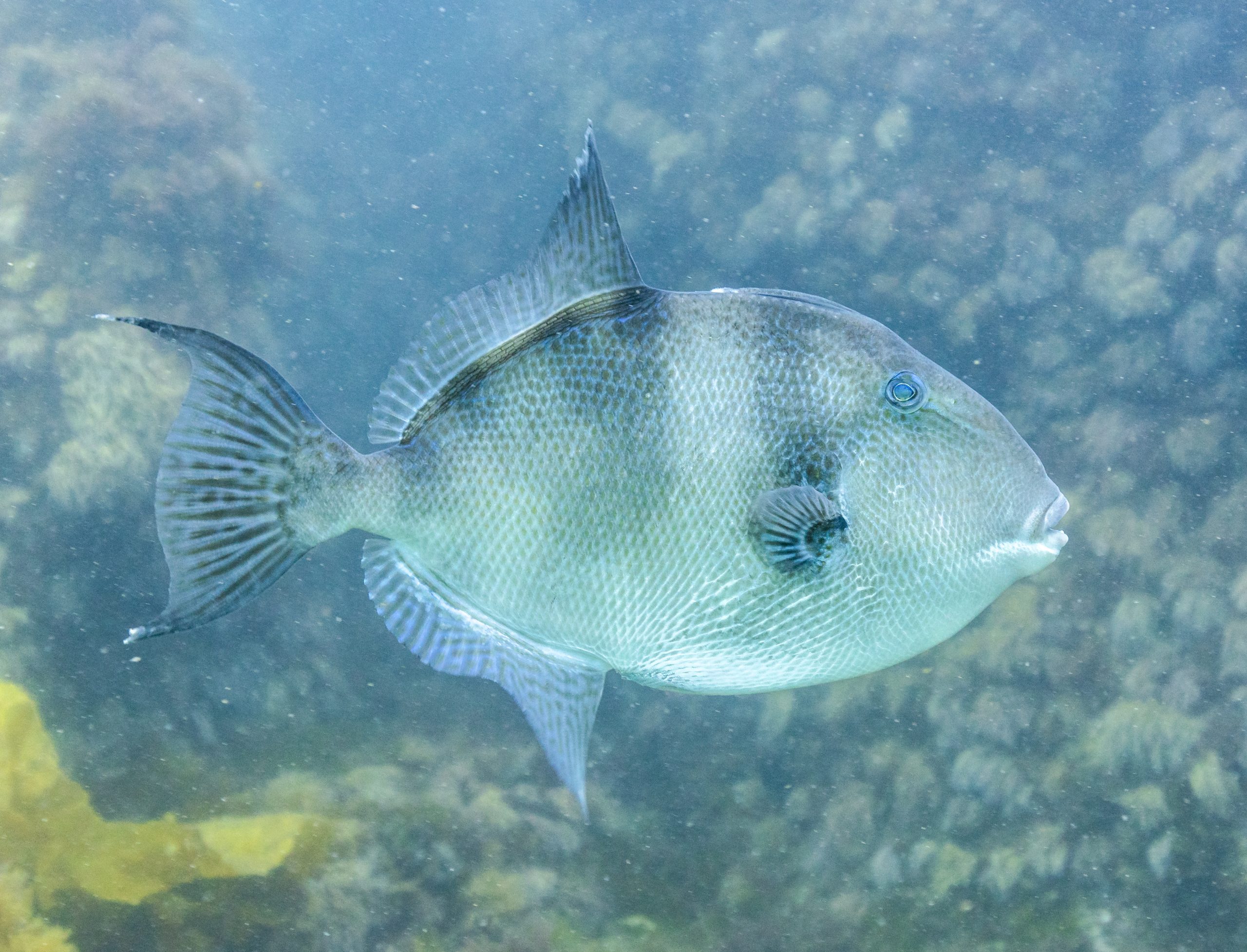The gò is a small benthic fish found in the Venice lagoon. It lives in close contact with the seabed, preferring muddy areas with Fanserogame, especially Zostera, a genus of marine plant from which it takes its name: Zosterisessor Ophiocephalus.
The presence of this plant is fundamental to the gò, particularly in relation to its unique reproductive behaviour. In spring, the males dig their nests in the mud under the Zostera roots. These nests have a unique structure. It consists of a large, deep central chamber, a main entrance, and several secondary exits. After being courted by the male, the females enter the nest and lay their eggs in the central chamber, attaching them to the Zostera roots. Then they leave. The male then takes care of the eggs until they hatch. The importance of the male in ensuring the birth of the young has been recognised since the time of the Republic of Venice, when fishing for male gò in their nests was prohibited, a practice known as “fishing for gò a brasso”.
Fanerogam meadows are important not only for the gò, but also for many other marine species, as they provide a refuge and a place to grow. However, these plants are very sensitive to water conditions and have often been destroyed by human activities. For this reason, the prairies are currently protected areas, with numerous research projects being undertaken to protect them.

